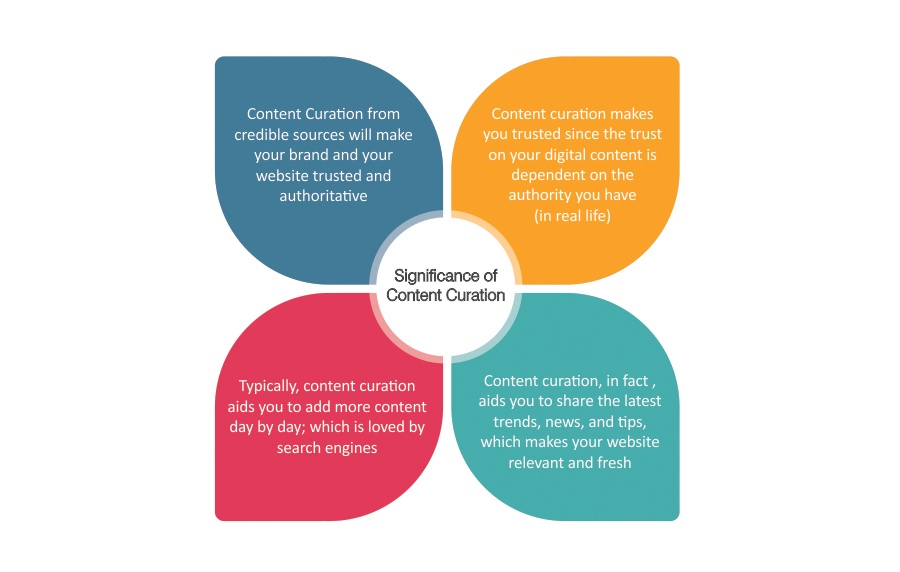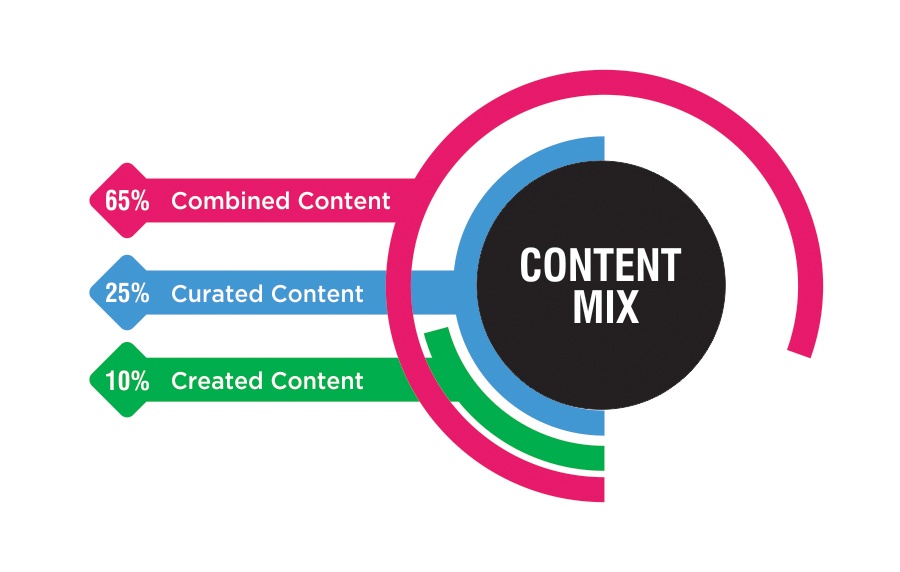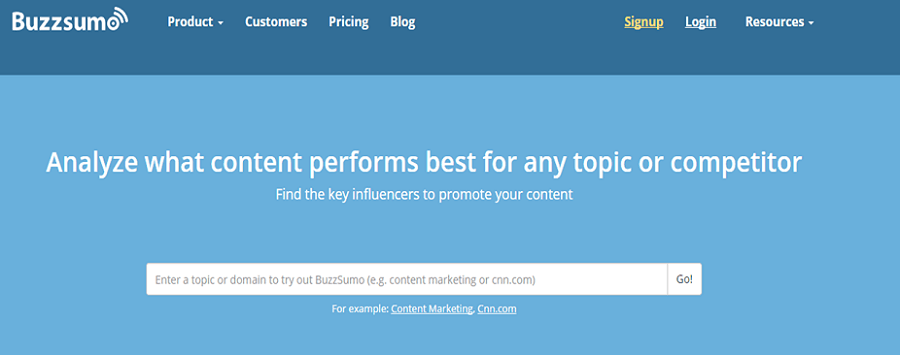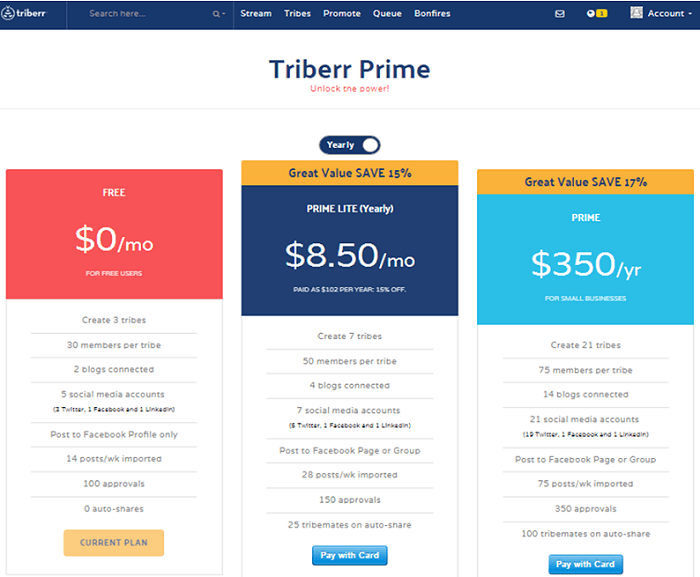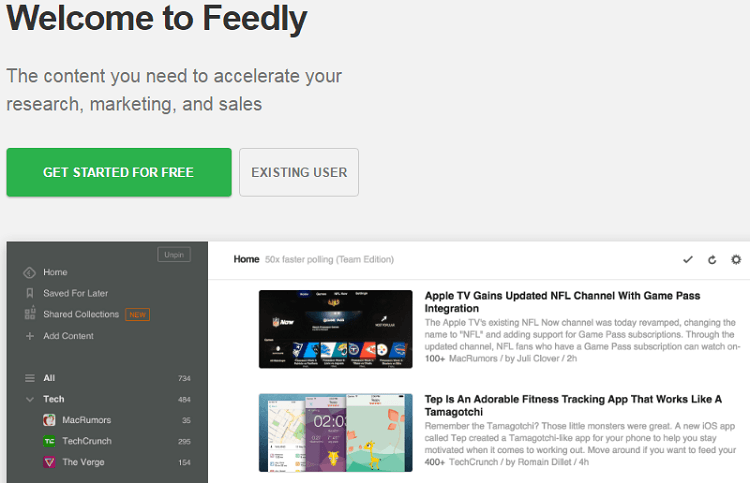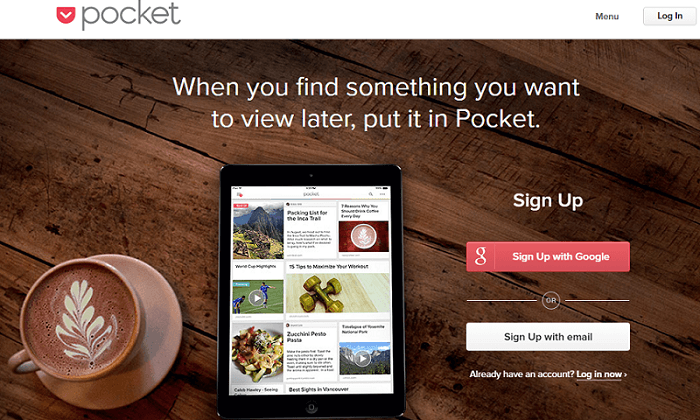Mobile devices like tablets and smartphones have become an inseparable part of everyone’s daily lives. From the early morning when you wake up till the night when going to bed, how many times you use your mobile phones? For reading news, checking emails, staying in touch with friends, colleagues, and families through social media, listening music, reading eBooks, and for many other routine activities, you use your mobile phones and inset mobile applications. Moreover, the ever-increasing popularity of Android and iOS shows how mobile usage is growing by leaps and bounds. As a result, there is a bright future for the mobile application development market.
Gartner’s prediction narrates that over 268 billion mobile downloads will generate an income of $77 billion in 2017
This blog is going to enlighten you on the best and not-to-miss Top 13 mobile application development trends for the year 2017.
Most prominent mobile application development trends
Last year we had already talked about what top 13 trends were projected for the year 2016 for the mobile application development market. All those mobile application development trends are going to stay in the year 2017 as well, along with new additions. Let’s walk through each one by one:
1. More Spotlight on Security and Privacy In Apps
Along with growing mobile usage and mobile application development, the necessity to adopt best practices in data security, app security, and privacy are in the spotlight.
In accordance with the prediction by Gartner, 75% of mobile apps would not pass even basic security tests.
Hackers, in order to steal sensitive and confidential information, will learn to carry on with the tendency of misusing recognized security gaps in mobile apps. This was the greatest concern last year as well. Furthermore, this negative mobile application development trend is predicted to continue in the year 2017. In addition, one of the studies conducted by HP also mentioned that 70.6% of mobile apps can access to external storage and 94.7% mobile apps include logging methods.
However, there are some JavaScript frameworks that can help you develop a secure and scalable mobile application.

2. More pleasing User Experience (UX)
Trends have changed in almost all fields. Be it website designing and development or mobile application development, the main focus is better user experience (UX). Effectual display of data and content on your mobile user interface is important for a sound user experience. In the year 2017, industry experts have projected an innovative enhancement in this feature in a sensible manner. Various Android Apps and iOS Apps should make use of technologies with novel features such as interactive content layers, circular design pattern, cards and manipulation of content. Mobile users find it very easy to operate mobile apps. If those apps are not user-friendly, users will not wait for an update. They will straightaway quit its usage. Hence, the primary focus is on the more pleasing user experience of all mobile application developers, for both Android and iOS.
3. Shifting landscape of web-based app due to Accelerated Mobile Pages (AMP)
AMPs have become the common talk of the town for more than a year.Google has announced that there will be a separate search index for the mobile web. This announcement is been considered as one of the revolutions in the field of development in digital marketing. It has a significant impact on your SEO and rankings. Web-based apps that are supported by Google AMP will load much quicker on mobile devices. It will, hence, reduce bounce rates in a huge quantity. Publishers will also get the benefit of increased ad visibility and more website visitors. Hence, this trend in mobile application development is definitely expected to the rock the entire year 2017.

4. The Trending of Chatbots
Chatbots are computer programs that imitate a conversation with users using artificial intelligence. Chatbots are getting a huge attraction to mobile apps. The most popular chatbots include Allo, Alexa, Cortana, Google Assistant, and Siri. Most mobile app developers are motivated to comprehend how chatbots work. This year, in 2017, trends indicate that most of the Android developers and iOS developers will work towards developing Chatbots. They’ll resemble human beings in the style of speech detection and personalities that lead to smoother interactions.
5. Growing Cloud-Driven Mobile Apps
Cloud computing is a pretty familiar term for almost everyone, from customers to tech professionals. Nowadays, cloud computing has marked its presence in mobile applications also. Users can expect a great upsurge in powerful mobile apps that can directly acquire data from the cloud and take minimum space in your smartphone internal memory. The Android, iOS and Windows Phone apps all have automatic photo uploads, meaning that when you shoot a photo with your phone, it’s automatically saved to your account.
Google Drive, launched in 2012, has apps available for Windows, OS X, Android, and iOS. Dropbox, launched in 2007, has apps available for each major platform and some smaller ones like the Blackberry, Linux, and Kindle Fire. OneDrive which launched in 2014 is also incorporated compactly with Microsoft Office, and it’s built into Windows 8 and Windows 10. It’s available on Windows, Mac, Android, iOS, and Windows Phone.
OneDrive, Google Drive, Dropbox, and Box are just a baby step towards it. A vast ocean is yet to explore in cloud storage realm.
Based on Cisco research, cloud apps will drive 90% of total mobile data traffic by 2019, and Mobile cloud traffic will be 11-fold with compound annual growth rate (CAGR) of 60%.

These statistics clearly demonstrate that the mobile application development trend related to the cloud will be prominent in the year 2017.
6. Internet of Things (IoT) Will Be Much Bigger
The rapid adoption of cloud-based apps brings us to one of the latest mobile application development trends that have irritated mobile developer interest in 2016 – the Internet of Things. It’s fair enough to say that the Internet of Things (IoT) is still in its infancy. However, the way IoT is growing, it directly impacts the mobile application development trends since IoT devices are majorly controlled by Smartphones and mobile devices. Currently, the IoT is gaining traction in the fields like security, health, education, smart homes, and automobiles.
IoT integration of mobile apps will unquestionably flourish and it will be a grand move in the year 2017.
7. Artificial Intelligence Is Real Now
Based on the research of Gartner, there will be a more than 300% increase in investment on artificial intelligence in the year 2017 as compared to the last year.
Artificial intelligence (Ai) is expected to provide access to powerful insights to the business users which weren’t available earlier. This access will be provided with the use of advanced analytics, cognitive interfaces into complex systems, and machine learning techs. Giants like Google, IBM, eBay, Facebook have started acquiring startups those who are proficient in Artificial Intelligence.

Already we have seen some wonderful AI apps such as Siri, Alexa, Tesla, Prisma, and Google Now. Much more is expected in 2017 keeping the AI mobile application development trends in one piece.
Read More On – Mobile App Development Strategies For Cross Platform Developers
8. AR & VR Will Show Some Magic
In the world of modern mobile application development trends, Augmented Reality (AR), and Virtual Reality (VR) apps are getting universal for all.
Market research analysts at Technavio predicted that the global mobile AR and VR apps market will grow steadily in terms of downloads at a CAGR of more than 74% during 2016-2020.
Both AR & VR have been avant-garde in gaming & entertainment industry in the last year, 2016.
Popular examples of AR games include Pokemon Go, Zombies Run, iOnRoad, Sky Siege, Ingress, and myNav. On the other hand, VR devices that are gaining popularity include Oculus Rift, HTC Vive VR, Samsung Gear VR, Google Cardboard and PlayStation VR among others.
Based on the trends and growth in the mobile application development market, AR and VR both are expected to show some magic in the year 2017.
9. Wearable Devices Are Getting Attention
Wearable technology is one of the most exciting areas of interest for consumers. This has boosted improvements in mobile application developments.
According to International Data Corporation (IDC), the market for wearable devices is going to experience a composite annual growth rate (CAGR) of 20.3%, leading to 213.6 million units shipped in 2020.
There are some amazing wearable devices which gained huge traction from consumers and audiences in the year 2016. Such wearable devices include but are not limited to Apple Watch Series 1, Xiaomi Mi Band 2, Google Daydream View, Pebble 2, Garmin Vivomove, Fitbit Flex 2, and others.

These wearable devices have proved that now they are not restricted to the health and fitness sector. They have also progressed in other sectors and will definitely gain more prominence as a mobile application development trend of the year 2017.
10. M-Commerce – a growing bud in Mobile Application development realm
Instead of swiping debit cards and credit cards, nowadays, most of the customers prefer to pay through other options. Such options include the transfer of money through Apply Pay, PayTM, Google wallet and other cashless options. In short, mobile apps are slowly replacing plastic money. This is acting as a driver of M-Commerce.

Furthermore, along with the growing market of wearable devices, M-Commerce payment options will take a distinct form in the year 2017. As predicted by experts, wearable devices will play a prominent role in the future of Mobile Application Development.
The following stats throw light on the prediction of mobile app development trends.

11. Usage of real-time geo-data from a mobile device for LBS
In order to determine your tentative location, Location-based Services (LBS) allows apps and websites (including Maps, Camera, Weather, and other apps) to use information from cellular, Wi-Fi, Bluetooth Global Positioning System (GPS), and related networks. Integrated LBS mobile applications like Apple’s iBeacons and Google Beacon are trendy. This highly developed technology gives a foremost scale to tailored mobile app marketing.
12. Swift language – ahead of other programming languages
Apple’s programming language, Swift, was first introduced at Apple’s 2014 Worldwide Developers Conference (WWDC). As a multi-paradigm and compiled programming language, Swift was developed for iOS, macOS, watchOS, tvOS & Linux.
It was included in Xcode since Version 6. This programming language gives comfort to all mobile app developers since it is built on the best of C & Objective-C minus the compatibility issues of C. Swift possess some robust features that will transform the mobile application development process. Such attributes are mentioned in the below chart:
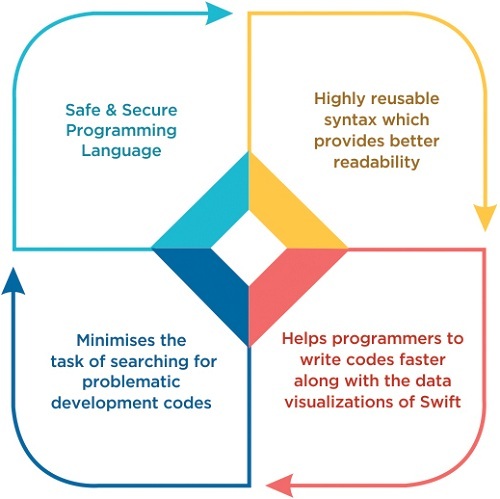
Swift 2 offers a host of new and developer-friendly attributes; this latest programming language is undoubtedly going to stay in the year 2017.
13. Enterprise mobile apps and micro-apps – a way to a go-ahead
Over and above, these Top 12 mobile application development trends for the year 2017, experts have also anticipated that enterprise mobile apps and micro-apps will further advance.
According to Natalie Lambert, VP Marketing at Sappho, “with more than 2 million mobile apps to choose from, most of us have installed at least 40 of them on our smartphones. Downloads from the Apple App Store alone surpassed 100 billion last years, and that number is expected to double in 2017.”
Enterprises mobile application aims to assist you to streamline, restructure and deal with critical business processes on the go. While the prime motive of a micro-app is to meet the requirements of highly targeted operations in lesser load time. However, both have gained success in the field of Mobile Application Development.
CLOSING THOUGHTS – FUTURE OF APP DEVELOPERS
Looking at the potential of mobile application development and its trends, skilled app developers perhaps need to get rid of outdated tools and trends at the development stage. Both Android app developers and iOS app developers can augment their development skills better provided they have insight into the latest mobile app development trends. Following these TOP 13 trends, certainly app developers will benefit themselves for their business.

